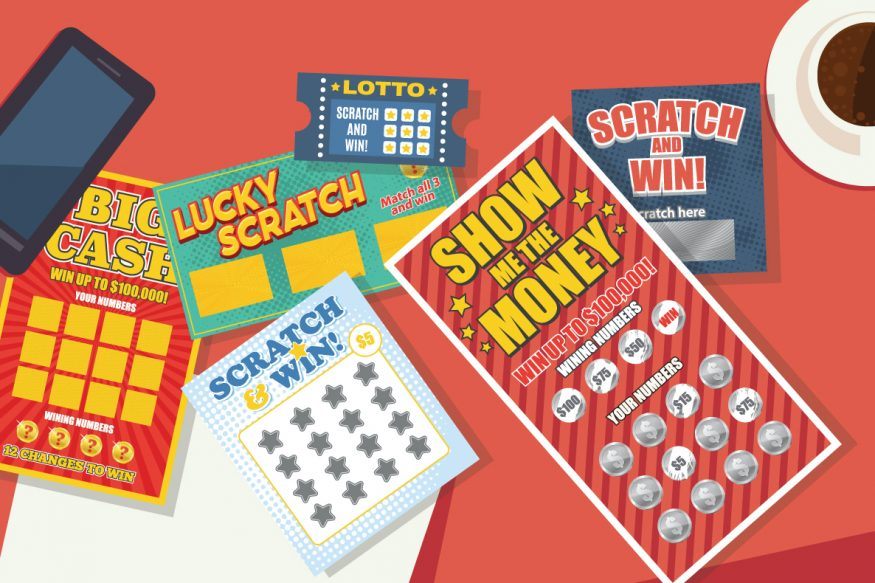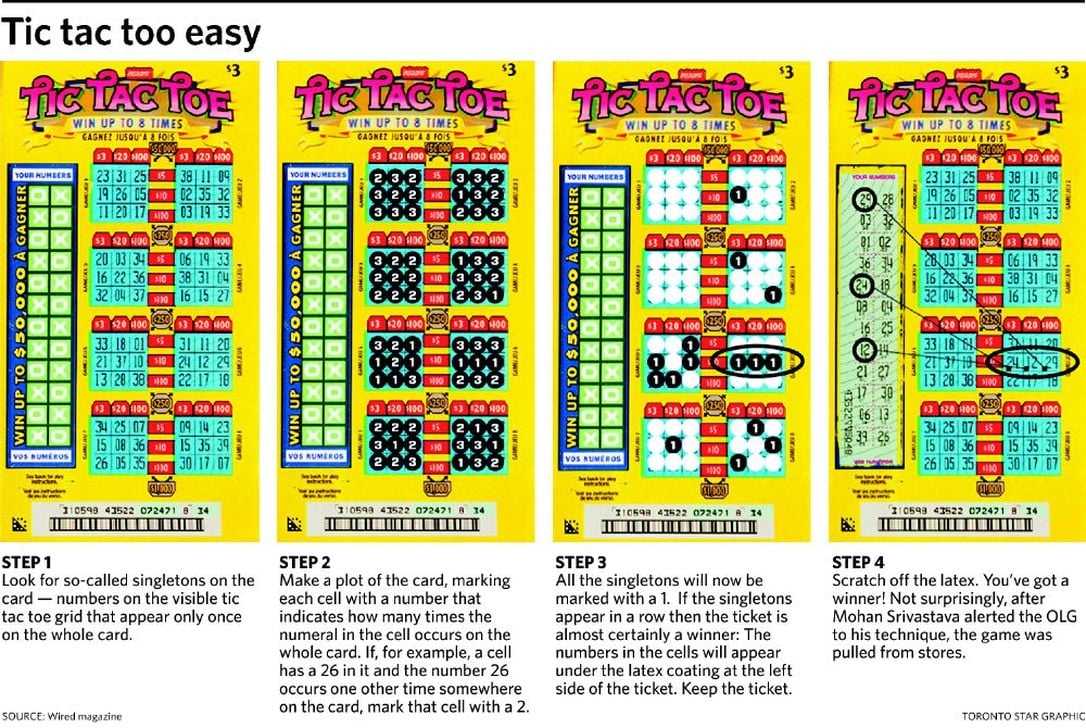How the Singleton Method Unveiled a Loophole in Scratch Card Design

The Hidden Patterns Behind Scratch Card Wins
Scratch cards continue to entice millions every day, promising quick fortunes with a simple scratch. While most attribute major wins to blind luck, one statistician uncovered a systematic flaw that flips this notion on its head. Mohan Srivastava, whose curiosity turned into investigation, demonstrated that these games are not entirely left to chance and developed a technique-known as the Singleton Method-that exploited manufacturing patterns.
From Casual Play to Pattern Recognition: Srivastava’s Breakthrough
It all began in 2003 when Toronto-based geostatistician Mohan Srivastava idly scratched off some old lottery tickets as he waited for files to download. Initial curiosity about how electronic systems might generate tickets inspired him to scrutinize the cards more closely. His analytical mind soon unraveled a crucial link: mass production constraints meant scratch cards couldn't be completely random.
Srivastava noticed that lottery companies, aiming to regulate prize distribution, introduced predictable elements into their ticket designs. With this insight, he decided to dig deeper.
The Singleton Method: How a Simple Observation Exposed Predictable Wins
After closely studying various scratch cards, Srivastava recognized a critical flaw. On certain “extended play” cards, some numbers were visible before purchase. He realized that if a particular number appeared only once among the visible digits, it was highly likely to show up under the latex scratch-off area. This revelation became the heart of the Singleton Method.

All you need to do is look out for those all-important singletons. [Image: Toronto Star]
Here’s how the Singleton Method works in practice:
- Scan the visible numbers on each card before buying.
- Identify numbers (singletons) appearing only once.
- Cards showing three singleton numbers in a row almost always signaled a win.
Thanks to this strategy, Srivastava found that his chosen tickets were winners nearly 90% of the time-a remarkable improvement over the random odds lottery agencies claim.
Why Scratch Card Manufacturers Struggle to Fix the Flaw
Srivastava quickly notified the Ontario Lottery and Gaming Corporation about his findings, prompting them to remove the specific tic-tac-toe game he had analyzed. Officials labeled it a one-off design error, but Srivastava’s research revealed the flaw stretched across multiple games and manufacturers. Most North American scratch cards come from only a handful of companies, making such design issues widespread.
Testing tickets from varying regions, including Colorado and more from Toronto, confirmed that these patterns persisted. Manufacturers seemed unable or unwilling to eliminate the exploit, leaving the flaw largely unaddressed.
The underlying problem is rooted in the need for balance: ensuring fair game odds while controlling the overall payout rate. To achieve this, companies implement algorithms that introduce inevitable patterns, creating loopholes for those able to recognize and exploit them.
Applying the Singleton Method: Potential and Limitations
Despite awareness of this vulnerability, manufacturers have yet to fully address it. The Singleton Method remains applicable, but only under specific conditions:
- It works with extended play scratch cards that display numbers on the front.
- You must be able to inspect cards closely before buying-sometimes not possible depending on vendor setup.
- The method does not guarantee the jackpot-your winning card may only yield a few dollars.
Srivastava himself ultimately decided that the time and cost involved outweighed potential gains, but the approach remains feasible for those willing to track down eligible cards in bulk. Whether or not the reward is worth the effort is a decision each individual must weigh.
Should You Consider the Singleton Strategy?
The Singleton Method stands as a fascinating example of how a sharp eye for patterns can reveal hidden truths in seemingly random games of chance. While not a guarantee of big winnings, the method shows the surprising predictability present in lottery ticket manufacturing.
If you frequently buy scratch cards and want to maximize your odds-especially if you find cards with the right format-it may be worth giving Srivastava’s Singleton Method a try. Just remember: while the trick is clever, the reward is never certain, and the game itself remains a gamble at heart.













